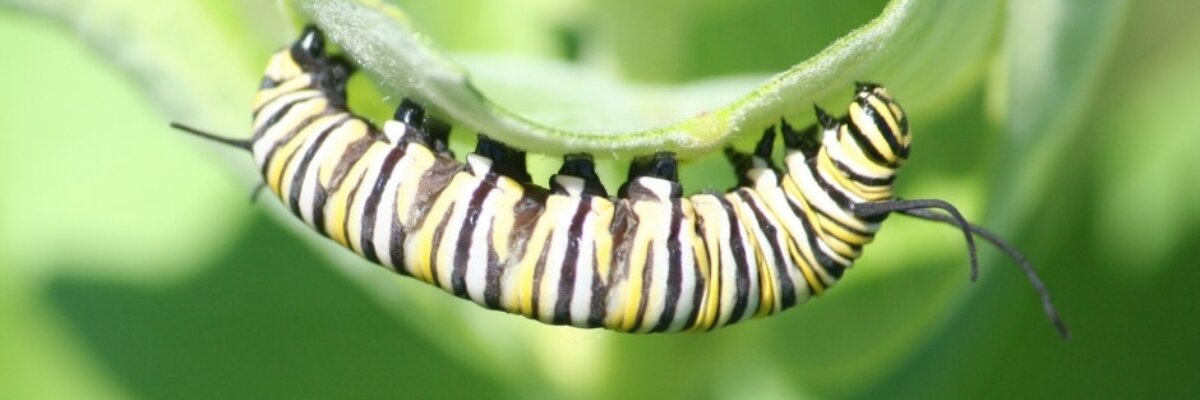
What is the function of the gold dots on a monarch chrysalis?
Fred Urquhart first studied the gold spots on monarchs in the 1970s. He felt that the spots were involved in the distribution or formation wing scale coloration. However, the experiments that he did involved cauterizing the gold spots on the pupa, and it is possible that this process may have damaged the underlying tissue and affected the color patterns. Interestingly, all danaine butterflies (monarchs and their relatives) have metallic spots on them. A group of researchers in Germany did a careful study of the properties of these spots. They are not metallic (so they aren't really gold), but the cells reflect light like metals do, giving them the appearance of being metallic. Other danaids have silver, copper, or gold spots.
Here are some hypotheses for the reasons that these butterflies have metallic-looking spots on their pupae:
- Camouflage -- they could reflect colors of the surroundings and break up the shape of the pupa; they might also look like dew droplets.
- Warning coloration
- Filtering particular wavelengths of light which might be harmful to the monarchs
- They might not have any function but just be the result of something else in the cuticle of the insect.
- Oxygen exchange
